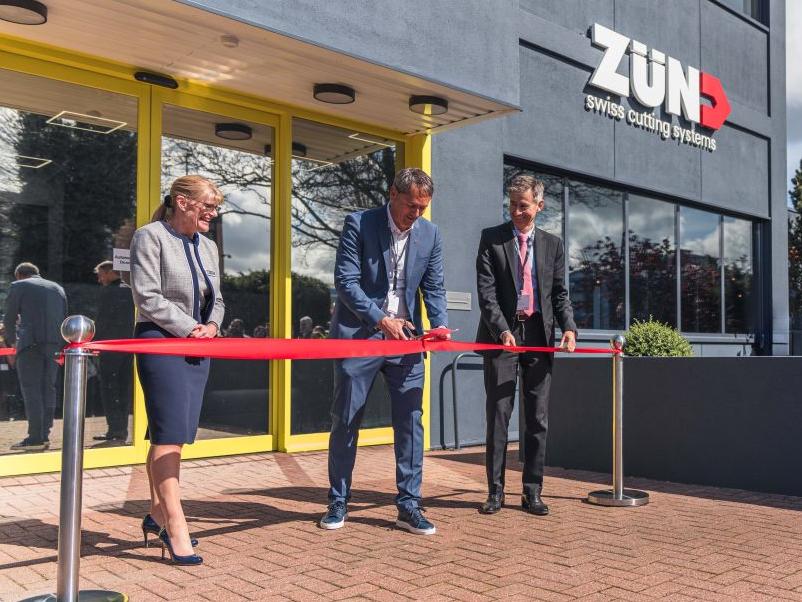Born to innovate

Said to be a reference for automated fibre placement, Coriolis Composites’ chief innovation officer, Alexandre Hamlyn, outlines the company’s automated fibre placement robotic cells and its value-added software for automated composite additive manufacturing.
Coriolis Composites’ expertise in composite technologies enables us to offer off-the-shelf and tailored solutions to the industry. Our automated fibre placement (AFP) machines can help improve its customers’ productivity and reduce material waste. Indeed, the productivity and repeatability of an AFP machine can be as much as five times faster than the productivity of manual layup, whilst AFP material waste is only 0-5% as opposed to manual layup waste of 20-50%.
With regard to the integrity of any given component structure, our products tend to work on tape widths of ¼” for highly curved parts with double curvature shape, concave/convex parts for a nose or aft fuselage, ½” for slightly curved parts such as current fuselage designs and 1.5” for very slightly or no curved parts, such as wing skins.
Our design for manufacturing software solutions comprise our CATFiber software module combined with its Simureal ‘digital twin’ of an AFP robot to allow customers to benchmark different fibre width and chose the optimum one regarding productivity/weight ratio.
We enjoy a close relationship with material suppliers to help them develop the best material that will help to speed up the layup rate and reduce cleaning maintenance operations, whilst still keeping the best mechanical performance.
And in terms of the demands and challenges placed on our company in working with large OEMs, we prefer to get both the engineering and manufacturing teams around the same table to help them to collaborate as early as possible, qualify the part before the start of production, and ramp up the whole design and manufacturing parameters.
Coriolis Composites’ current R&D focus is centred on bringing automated technology to the automotive industry to help to reduce CO2 emissions by lightweight and offer solution for H2 pressure vessels as well as looking to supply the digital solution for monitoring production quality. In addition, we are also looking at hybridisation of additive manufacturing and fibre placement.
In terms of how important the role that automation plays in volume composites production, particularly as the manufacturing industry generally still places a lot of reliance on manual layup processes and techniques, we believe that automation helps composite components to move to high volume production by increasing x5 the productivity, versus that of manual work as well as increasing the quality, thanks to high repeatability of robotics.
We have been involved in the creation of the digital twin of the AFP robot since 2001. At present, we are closely involved in the Industry 4.0 philosophy since its creation. Huge investment has been made in the next step, which involves collecting all the production data and monitoring continuously the process performance. Such projects are today funded by French Ministry of transport and German Ministry for development, with OEMs like Airbus and Premium AEROTEC on board as end users.
With regard to future developments within the ATL/AFP sector, the main developments for Coriolis Composites consist of adapting our machines to handle low cost materials like thermoplastics or low-cost carbon dry heavy tow and also data monitoring.
What differentiates our company from the competition is our unique offer in supplying high expertise in composite design and processes. We have a dedicated lab with AFP robots, software and highly-skilled engineers that manage feasibility studies for our customers to ‘mature’ both the technology of the aircraft and the material of the future. We are involved in more than 20 R&D programmes with global aerospace and automotive leaders and material suppliers.
Another unique offer is our robot solution based on AFP concept with a highly compact head, which makes the process more flexible and efficient to produce complex parts, like engine nacelles. The competitive advantage is that our robots are compatible with the material of the future, such as dry fibre and thermoplastics.








